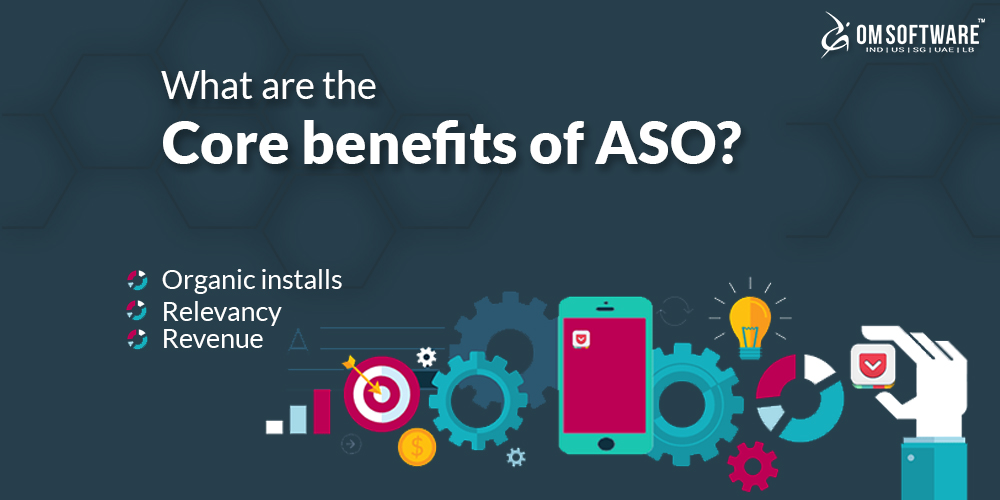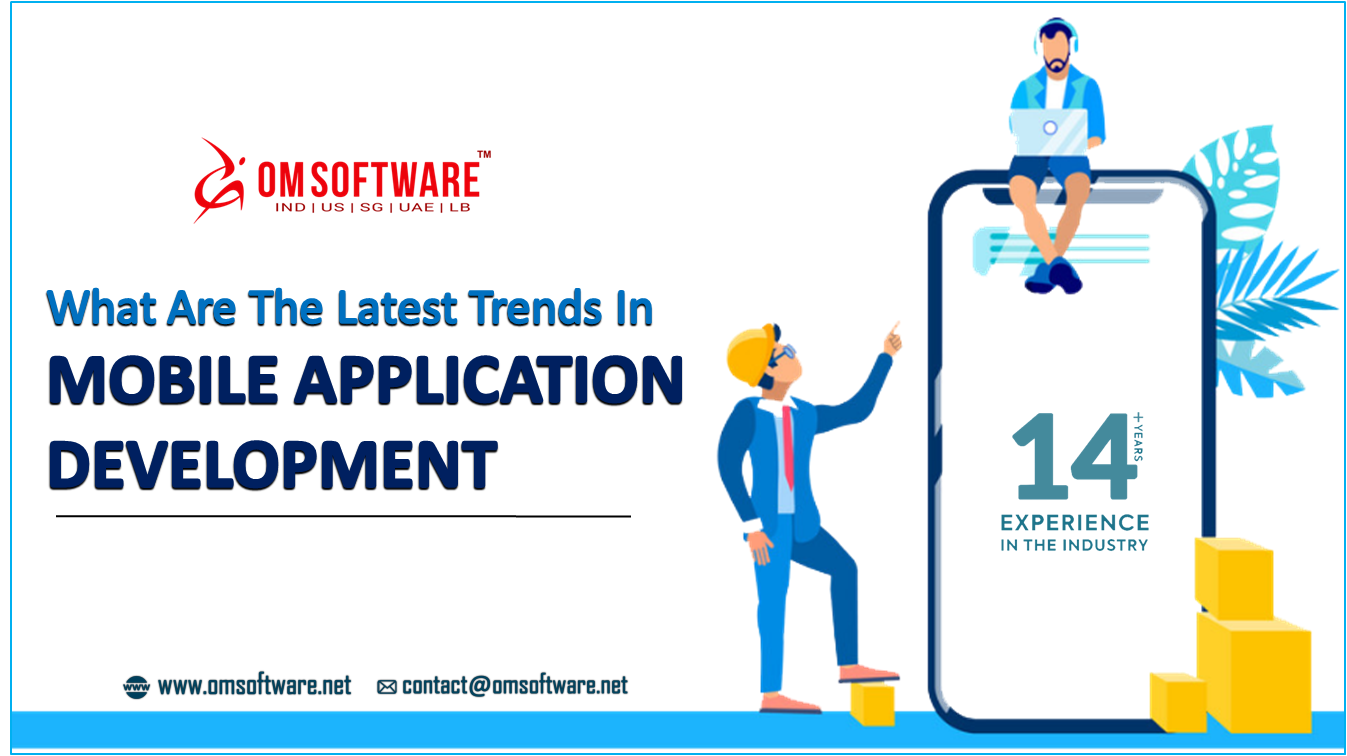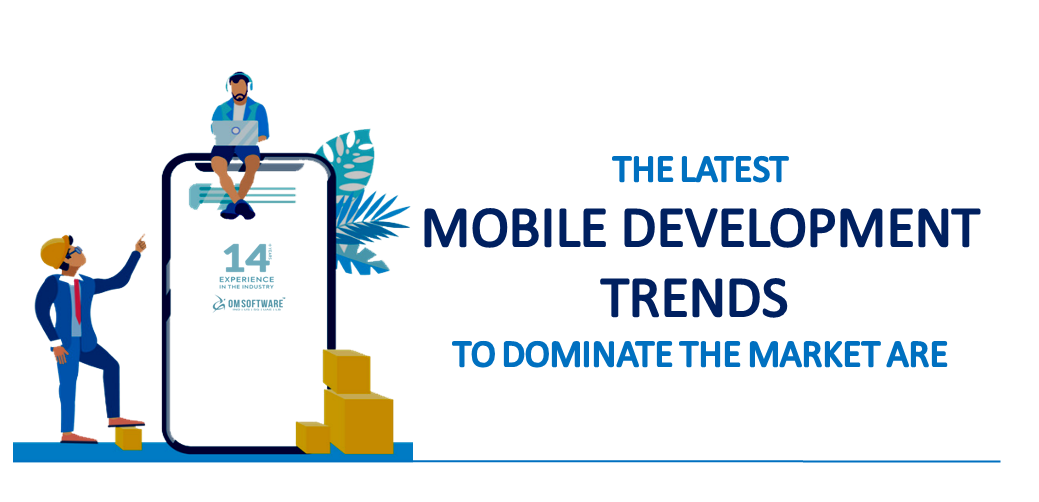
Food is not just a source to exist. It is the most sustainable mode of income and its necessity make inroads for new business opportunities.
In today's increasingly paced and digitally driven society, there is an increased demand for fast, convent and affordable services. Moreover, hunger is a continuous development. Online food ordering businesses are capitalizing on this and seeing incredible growth outcomes, and making notable case studies! Read on!
If you sell food products, and are yet to make an online presence, it is extremely important you make an food ordering application to multiply your revenue, reach untapped avenues of growth, and keep demands instant, active and on-going.
In this article, we will cover key essentials of developing a food ordering app, how to make one and how to promote it.
Why The Need For Food Ordering App Persist?
We are ordering pizzas and fast foods by making phone calls to specialized calls. We can browse the website of restaurants and order foods we want to eat. So, why food ordering apps?
In order to understand this, we need to understand the key stakeholders of food ordering app.
• Restaurants - Who register on the app, list their offerings and serve the foods once demanded
• Consumers - Who compare and choose food items from multiple available sources and then place the order
• Courier personnel - Who gets the food delivered from the restaurant to the consumer
Here Is Why Food Delivery App Is In Demand. It's All About Need, Value And Money
• A food ordering application persists because it allows restaurants to connect with seemingly endless number of audiences online for more orders and sales.
• It connects consumers with potentially unlimited restaurants and food-ordering sources; which they can compare, buy and choose from and avail attractive discounts, they also get the comfort of getting food delivered at the doorsteps.
• It generates employment opportunities in the delivery segment by employing people to deliver the food to targeted consumers
So a food delivery app online exist because it solves problems, creates values and promotes a convenient culture
What Are The Benefits Of Food Delivery Apps?

• Increased customer convenience
• Easier transactions
• Low guesswork - predictability across the stage
• Use of technology to accelerate quality of offerings
In simple words, the Benefits Of Food Delivery apps increase food availability options by allowing each stakeholder to gain true value from it.
What Are The Different Types Of Online Delivery Apps?
• Aggregator app - In this platform, the app connects customers with restaurants. They have database of restaurants, and allow customers to compare, choose the menus, prices, reviews. Once a customer’s decides the source, the app connects them with the restaurants that have their own delivery system. So, their key stakeholders consist of customers and restaurants.
• Aggregator with logistic support - In this platform, the app connects customers with restaurants and provides the logistic support. They may have partnership with third party delivery services, or have their own networks of trained resources that pick orders from the restaurants and deliver it to the customers. Their key stakeholders include customers, restaurants and logistics resources.
The second platform is more in demand today because it offers more convenience to customers and restaurants.
What are the features of a good food delivery app?

You can create one app with separate login options - for restaurants, customers and delivery partners. Or you can create separate app for each stakeholders. The second one is a choice to go for when you have a good budget. Usually, a single app with different login credentials is a good and affordable idea of food delivery app to begin with.
Having one single app with separate logins keeps your app discovery, usability and branding consistent and more aligned.
Core functions of each interface
• Consumer - Comparing and reviewing information from different restaurants, placing of an order from within the app
• Restaurant - Management of the apps, ability to take new orders, process it, distinguish between different order patterns - such as new, completed, cancelled, ready for pickup etc.
• Delivery partner/own delivery - Communicating with the customers about the orders and coordinating with the restaurant to pick up the order
Core features of each interface meant for each stakeholder
• For consumer
• Sign-up page - Either allow users enter their credentials on a simple, easy to fill-up sign up page or add the feature of third-party integration.
• Customer Profile - The page should allow a new user to enter details, and personal information such as name. It should be populated with info such as order history, reordering, payment options etc.
Other essential integration -
• Restaurant search
• Place an order facility
• Payment processing feature
• Social sharing
• Review
• For restaurants
• Registration - Allow business to enter their details including name of the business, address and hours of operation etc.
• Track orders - A restaurant should effortlessly track all types of orders, including ongoing, upcoming and completed.
• Manage content - A simple content management system should help restaurants to fill in important information about their offerings, including menu items, special discounts information, upcoming items etc.
• Payment system - Make it easy for restaurants to receive payment, prioritize a schedule - such as fulfilling a payment only when a delivery has been confirmed by the customer.
• For delivery/courier
• Order management - Ability to accept new orders, gather all required info such as customer name, location, phone number. Updating the order status and show its progress
• GPS - Allow delivery personnel to get the driving directions in real-time, calculate the distance in miles and minutes, track nearby drivers in case of need
• Ratings - A consistently good ranking should allow a specific delivery personnel to receive more orders. Negative reviews should be judged and considered properly in order to improve the service
How Much Would It Cost To Develop A Food-Ordering App?
• It depends on a number of factors. A simple tool with low functionality would surely cost more.
• An app with separate login may cost less than having separate apps for each stakeholder with high-end functionalities and with the need for promotion
• The platform to be used - iOS or android also influence cost factor
• Complex design will cost high compared to a simple design
• Designing the user part usually involve more time, effort and research.
OMSOFTWARE Mobile App Development Services - Ask for a Free Quote NowWays To Promote Your Food Ordering App

• Research your audience
• Understand your niche, research competition
• Use content marketing to promote your offerings
• Keep a sustained social media presence, with special focus to instantly reply to customers
• Regularly blog
• Use Email marketing
Once your food ordering app development is done, the next phase that is promotion is very much dependent on how effective you can take the strategy forward.
Read ALL ABOUT APP STORE OPTIMIZATION IN 2020 to learn how to promote your food-ordering app on app store

At OMSOFTWARE , we are happy to have designed and developed world-class mobile apps at a cost customized according to our client's personalized preferences and their budgetary needs," says Raj Kamal, CEO OMSOFTWARE
Follow us on :
• Facebook • OmSoftware Blog • Linkedin • Instagram • Twitter • Pinterest










































